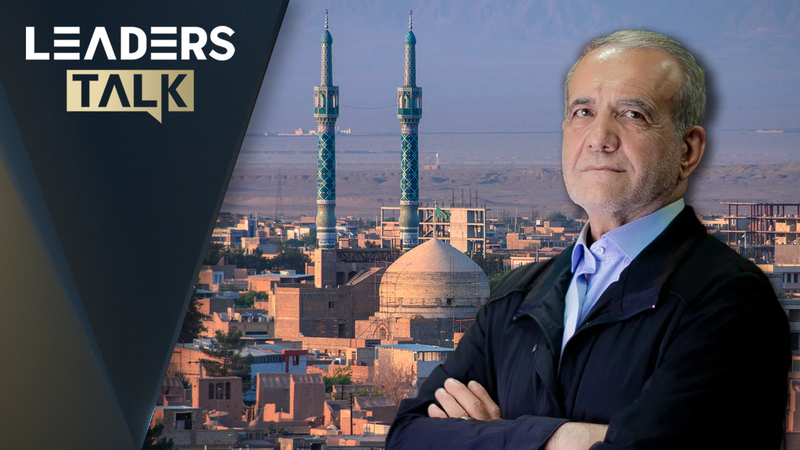From June 15 to 17, 2025, leaders of the G7 gathered in Kananaskis, Canada, against one of the most volatile backdrops in recent Middle East history. Rather than forging a clear, united response to the Iran-Israel crisis, the summit highlighted deep fractures within the group.
U.S. President Donald Trump dominated the discussion with erratic conduct and mixed messages. His early departure, vaguely attributed to “something important,” fueled speculation about Washington’s commitment to multilateral diplomacy. Behind closed doors, sources say he resisted endorsing even a watered-down joint statement on the crisis.
The final declaration reaffirmed Israel’s right to self-defense and labeled Iran the principal source of regional instability and terror. Yet it offered no concrete de-escalation roadmap or ceasefire plan, instead balancing competing national agendas under a thin veneer of consensus.
Ukraine’s President Volodymyr Zelenskyy arrived expecting expanded security pledges, only to encounter diplomatic hedging. Canada’s Prime Minister Mark Carney stepped in with a C$2 billion package of military aid for Kyiv, but broader ambitions for a robust G7 statement on Ukraine were quietly shelved after U.S. resistance.
Observers say the summit’s focus on generic energy market stability and civilian protection masked the group’s paralysis. As global crises multiply—from the Middle East to Eastern Europe—many wonder whether the G7 can reclaim its role as a decisive force in world affairs.
Reference(s):
cgtn.com




